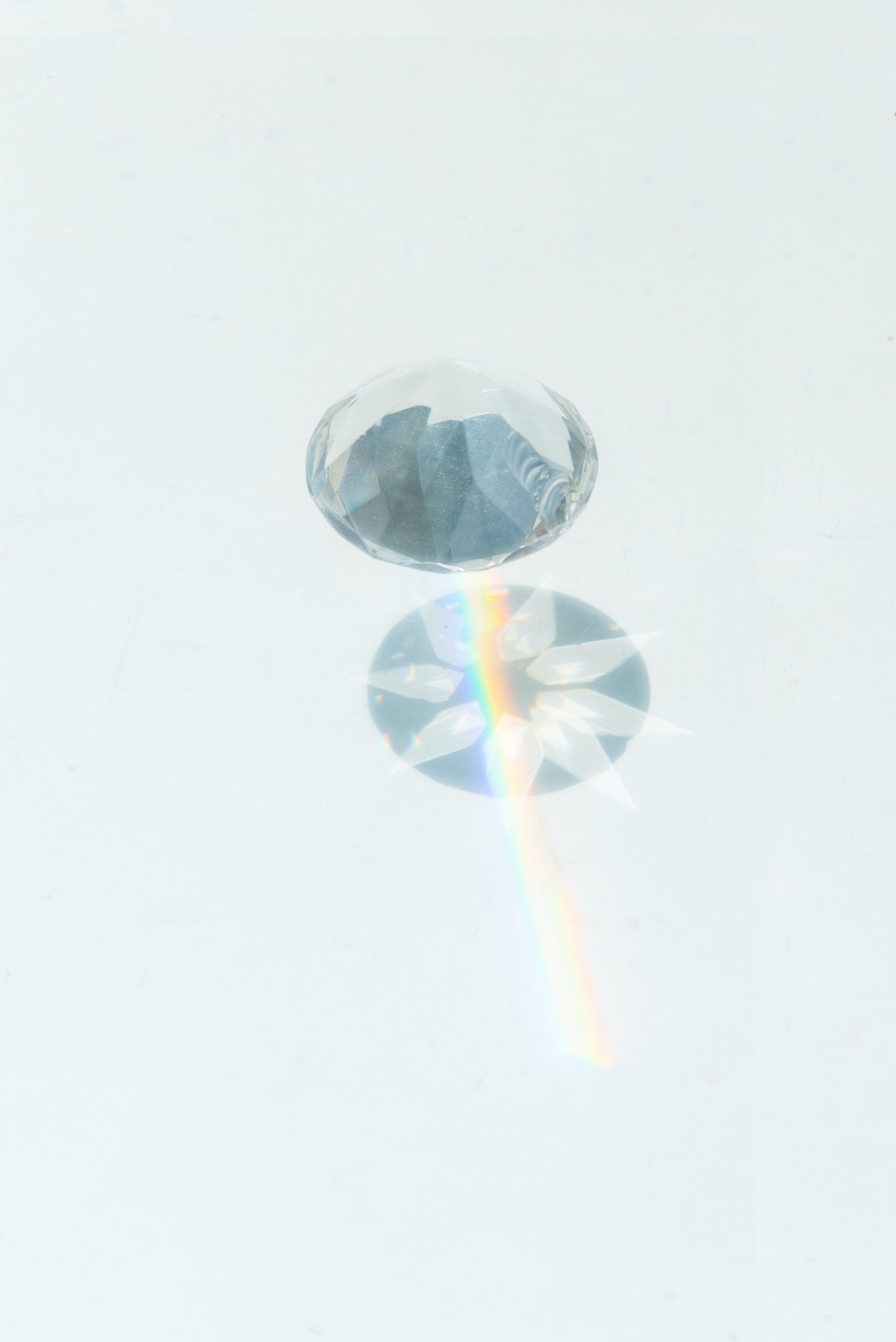Last Updated on: 22nd November 2023, 05:21 pm
The evolution of carat sizes in diamonds.
It is known that the earliest diamonds date back to the 4th century BC, originating from India. For a prolonged period, the demand for transparent gemstones, including diamonds, remained minimal. Diamonds were a luxury reserved for noble families and monarchs due to their exorbitant prices. To provide a historical perspective, the global diamond production in 1938 was merely 11 million carats, which increased to 44 million in 1969 and reached 132 million per annum in 2010.
De Beers revolutionised the diamond industry by popularising and increasing mainstream demand for diamonds worldwide. In the 1950s, the company employed marketing experts from New York to devise a strategy to boost diamond demand. This straightforward yet highly effective approach involved collaborating extensively with Hollywood celebrities who wore extravagant diamond jewellery, such as opulent diamond necklaces and remarkable diamond rings. This partnership garnered admiration from the media, which ultimately led to the widespread adoption of diamond culture in the United States and, subsequently, globally.
Over time, a 1-carat diamond engagement ring has become the quintessential standard for proposal jewellery gifts. A 1 carat diamond measures 6.5 mm in diameter. Authentic diamonds are accompanied by certificates from reputable gemological institutes such as GIA or IGI. In 2023, the price range for a flawless 1-carat natural diamond varies between $7,000 and $20,000. Larger diamonds, however, can command significantly higher prices.
The inherent benefits of diamonds are quite evident:
- Aesthetic appeal. Diamonds are strikingly beautiful, whether incorporated in jewellery or displayed as loose stones.
- Heirloom value. Diamonds often serve as cherished family heirlooms, with rings passed down through generations. As the sentimental value grows, individuals often present these precious items to their loved ones. Even as trends for settings evolve over time, one can always have the diamond reset in new gold or platinum settings by a specialised jewellery manufacturer.
- Appreciating assets. Diamonds have exhibited an average annual price increase of 14%. For instance, in 1960, the ideal diamond price was $2,700, which rose to $6,900 in 1970, $13,900 in 1990, and $28,400 in 2020. While natural stones now face competition from lab-grown diamonds, natural diamonds will always remain a valuable asset to hold indefinitely. This is particularly true for coloured diamonds, such as pink diamonds, which are exceptionally rare and have a promising price trajectory compared to other natural stones.
- Portability. Certified diamonds, especially those weighing 1 carat or more, are compact and easy to transport. In certain situations, they can serve as a readily convertible asset into cash in any sophisticated region worldwide.
Whether you seek to dazzle your partner with a stunning diamond or consider investing in loose diamonds, this timeless gemstone remains a wise choice. Diamonds continue to captivate hearts, symbolise love, and serve as a sound investment, ensuring their enduring appeal and value across generations.





